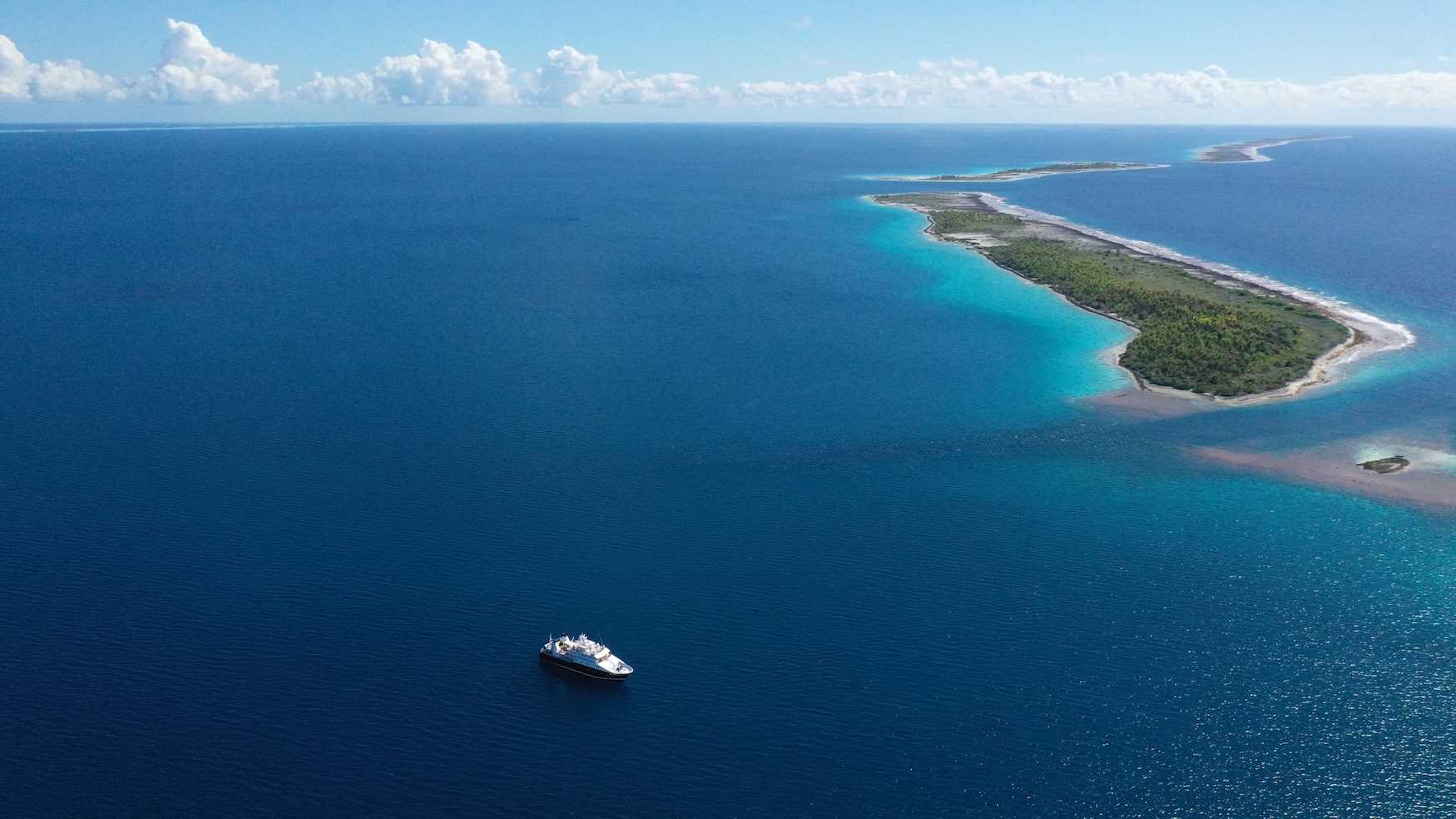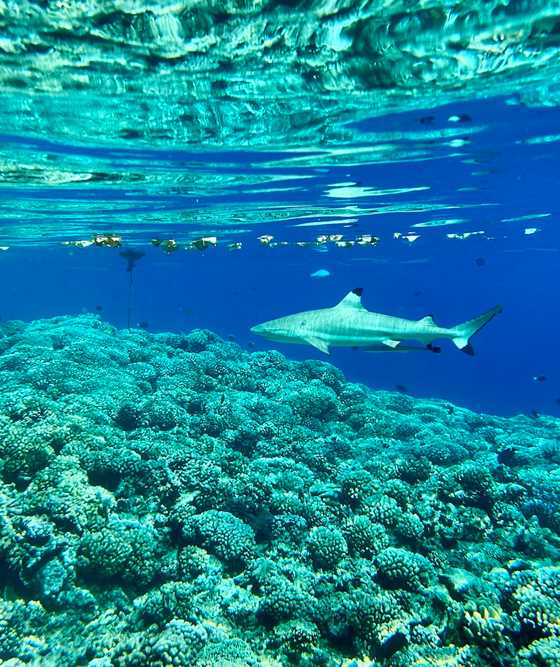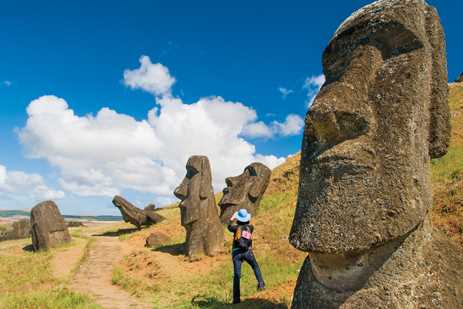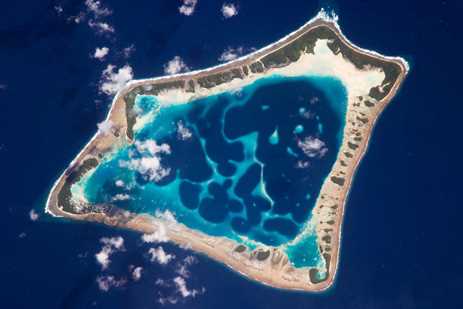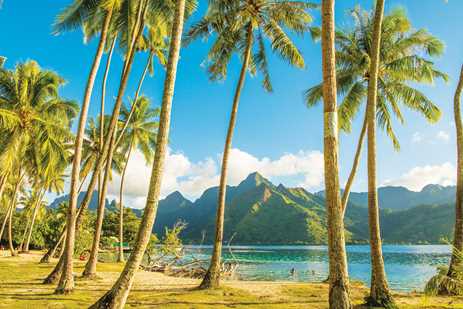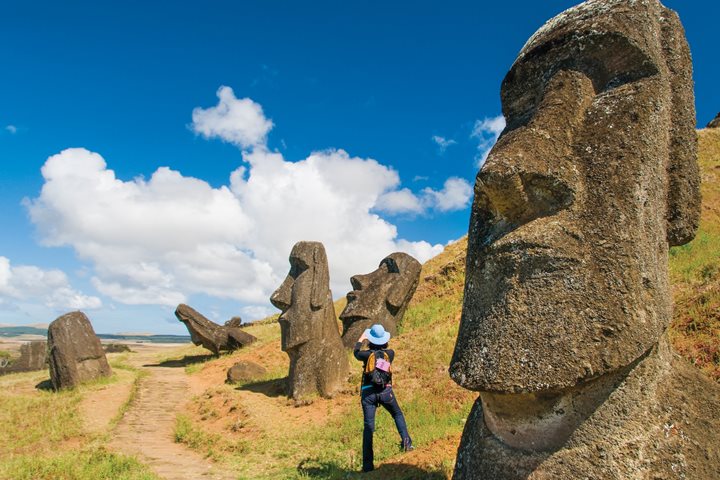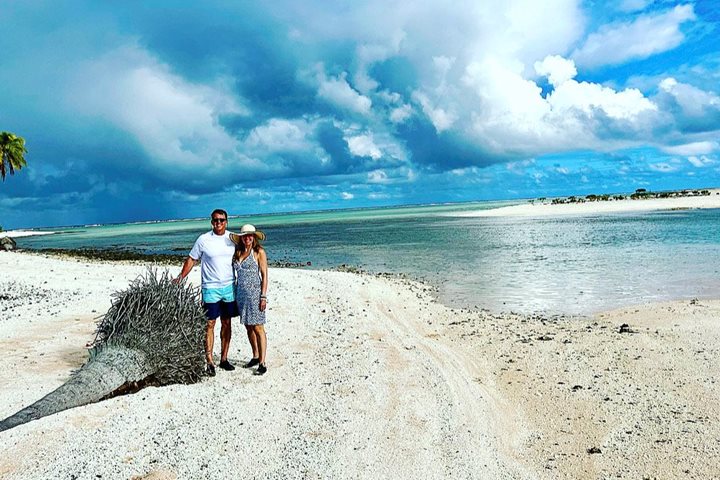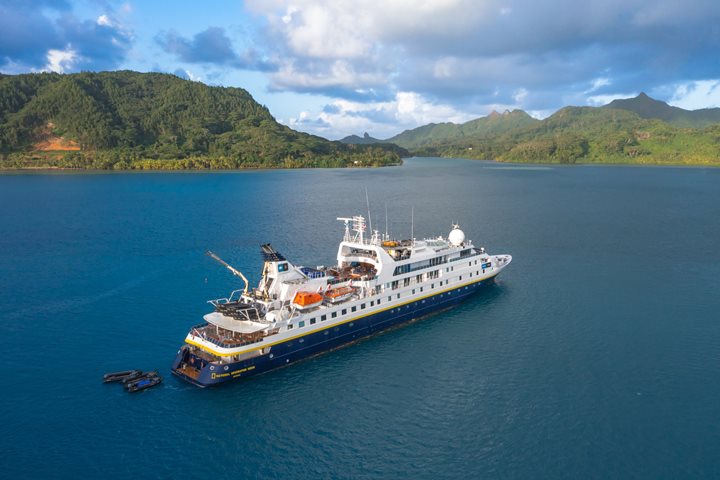Founder and co-chair of the board Sven Lindblad has traveled a lot in his life and he views that as a blessing. "There are certain places I go back to over and over because I love being there and in order to learn more. French Polynesia is one of those places," he explains. Get Inspired by Photos, Videos, Webinars, Stories, and Exclusive Offers. Sign Up
Although he first visited these islands in the 1980s, he has been back each year for the past six years, most recently in May and June 2022 when he and his wife Kristin assembled a variety of scientists, anthropologists, and naturalists to explore different parts of this vast territory. "We covered a lot—2,800 nautical miles and over two dozen islands in about six weeks, but it was still only a fraction of the territory."
Here, discover a selection of gorgeous images taken by Sven and Kristin that offer a sneak peek of adventures to come.
"To refer to these islands as paradise is not hyberbole but an understatement," says Sven. "And that’s true not only above the sea but below." In and around most of the islands the undersea is healthy with vibrant coral reefs and abundant and diverse marine life from schools of fish to rays, reef sharks, eels, giant clams, and much more.
Graceful manta rays can be spotted throughout the islands of Polynesia, but they are especially synonymous with the remote and rugged Marquesas, one of the island chains Sven focused his explorations on. It is one of the few places in the world where you can see both species, the reef manta ray and the giant oceanic manta ray.
French Polynesia stretches east to west further than all of Europe. There are 118 islands from high granite to atoll, many still uninhabited. "But where there are people, the culture is remarkably intact," says Sven. "Approximately 37 percent speak Tahitian as their main language and their welcoming nature is palpable."
A local church stands among palm trees, an idyllic setting for parishioners to worship. Depending on timing, guests of Lindblad-National Geographic are sometimes invited to experience a Sunday service with the entire community.

